Find the Light
Explore the journey of a dedicated firefighter navigating personal loss and professional turmoil in a volunteer fire department, whilst embarking on a transformative journey towards light, positivity, and new opportunities.
Explore the journey of a dedicated firefighter navigating personal loss and professional turmoil in a volunteer fire department, whilst embarking on a transformative journey towards light, positivity, and new opportunities.
It’s no secret that fire and emergency services are expensive to operate. Funding these vital services is a never-ending battle.
Last week as I walk through the Firehouse Expo in Nashville some things kept coming into my mind. All these people attending to learn and all of these vendors supporting the fire service industry is truly amazing to see.
This was also a couple days before my fire department was having its first big open house for the community. We had an incredible amount of support from our area businesses… donating financially for picnic supplies and through other items such as coffee, doughnuts, hot dogs, etc. That blew me away and there are people that care.
Knowing over 70% of all fire departments in the US are volunteer organizations it’s great to see this support. There are many challenges though. Declining members (and member support/dedication), limited funding (need for fundraising) and lack of community support are just a few but they’re at the top of my list. But these aren’t simple things. Without dedicated members, without funding… terrible responses. Without community support how can a department grow?
We need to demonstrate the value we provide. A day in the life of a volunteer firefighter in a rural department and all the services and value we bring to a community. To really get them to understand what we do.
And I’m sure I forgot a few things.
The people attending, teaching and exhibiting at Firehouse Expo and the dedication from a handful of my department members truly show what it is to be part of the fire service. But how can we gain new, quality members and address these big challenges?
Aside from continuing to push the value to the community, I’m not sure how else to get across this message. Continuing to push will directly impact membership and local support (financial and other). But it’s exhausting. I’m exhausted. But you know something… I will take a day or two to recover and then start again. The fire service is THAT important for me, and to those dedicated like me, to ever stop pushing. Through all the bullshit and struggles it boils down to helping people and providing a service. Not because we’re paid or want acknowledgement but because it matters to us personally and it’s the right thing to do. It’s who we are. And I tell you… if you’re not here for the right reasons you will not last.
We need to communicate our hearts and passions rather than “we need more members, more funding and more support.” Why are we here? Why are YOU here? I am here because I care. I want to be an integral part of my community. I want to help protect it and keep everyone safe. I want to keep our forests intact and thriving. I want to help people learn how to protect their homes and property. That is why I do it. That is why I will continue to read and learn, attend conferences and seminars, and to help my department be the best it can possibly be. To lead the way and be an example to other volunteer departments. It can be done but not overnight. It’s a long-term process with every step being methodical and sustainable for the future. It’s not easy but it’s worth it.
Communicating our hearts and passions will impact memberships and set an example of leadership to others. In the meantime, do the best you can with what you have. Nobody can fault you for that. You are the true heroes of the fire service. You know who you are. Thank you for all you do and what you are.

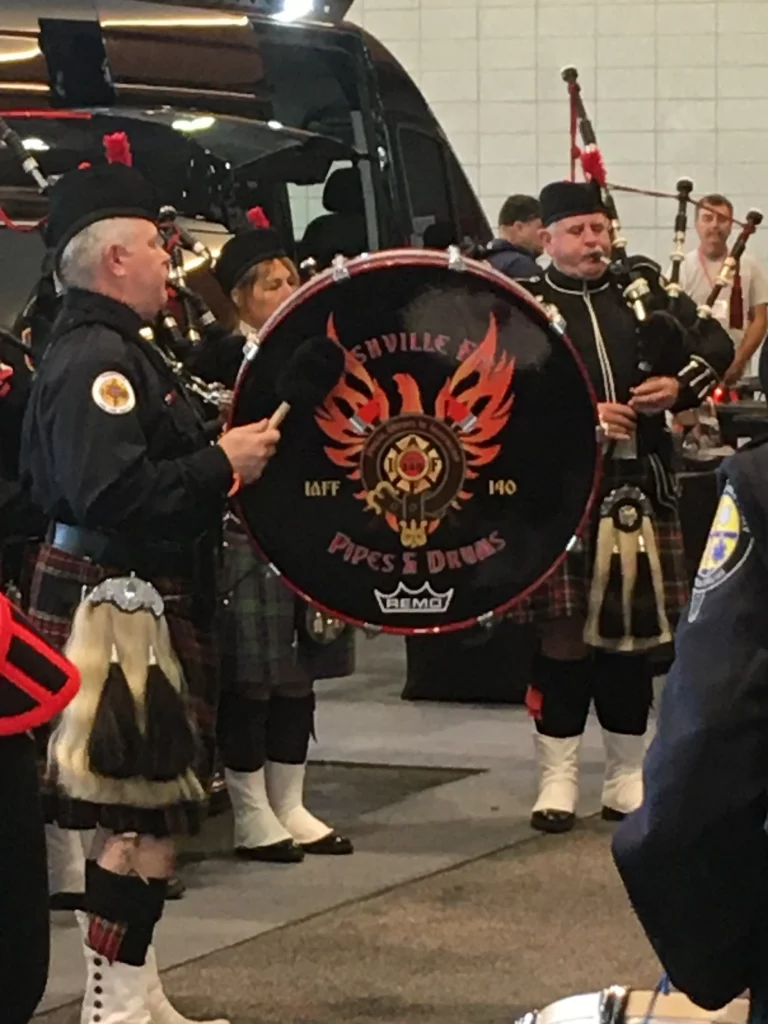
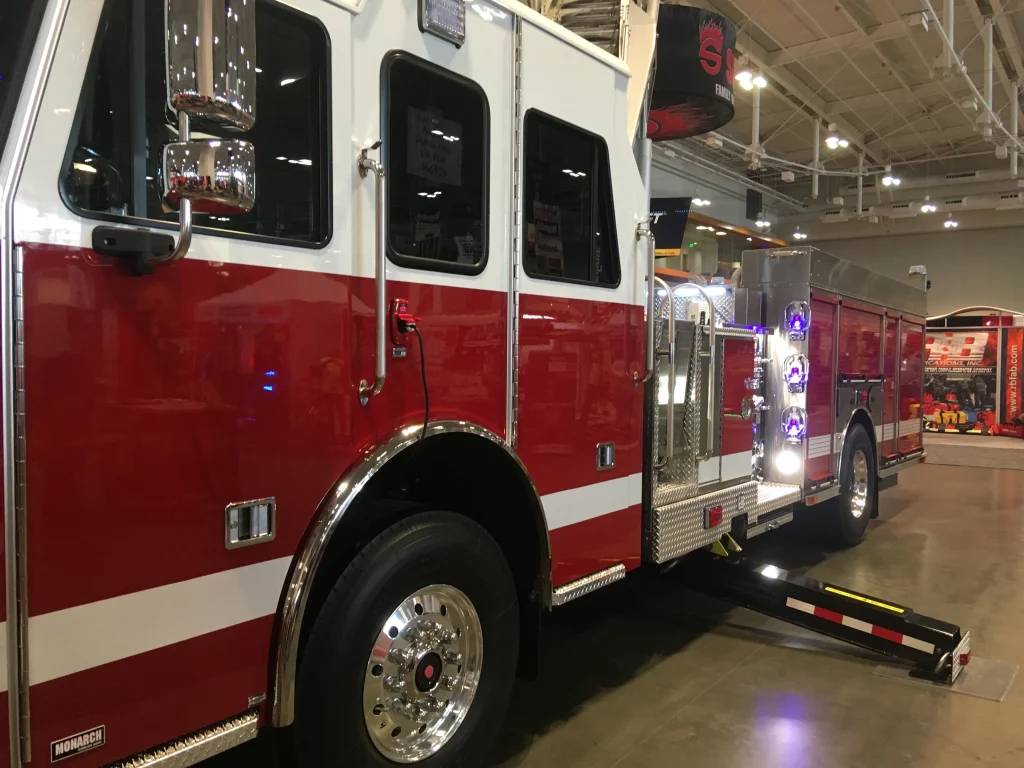
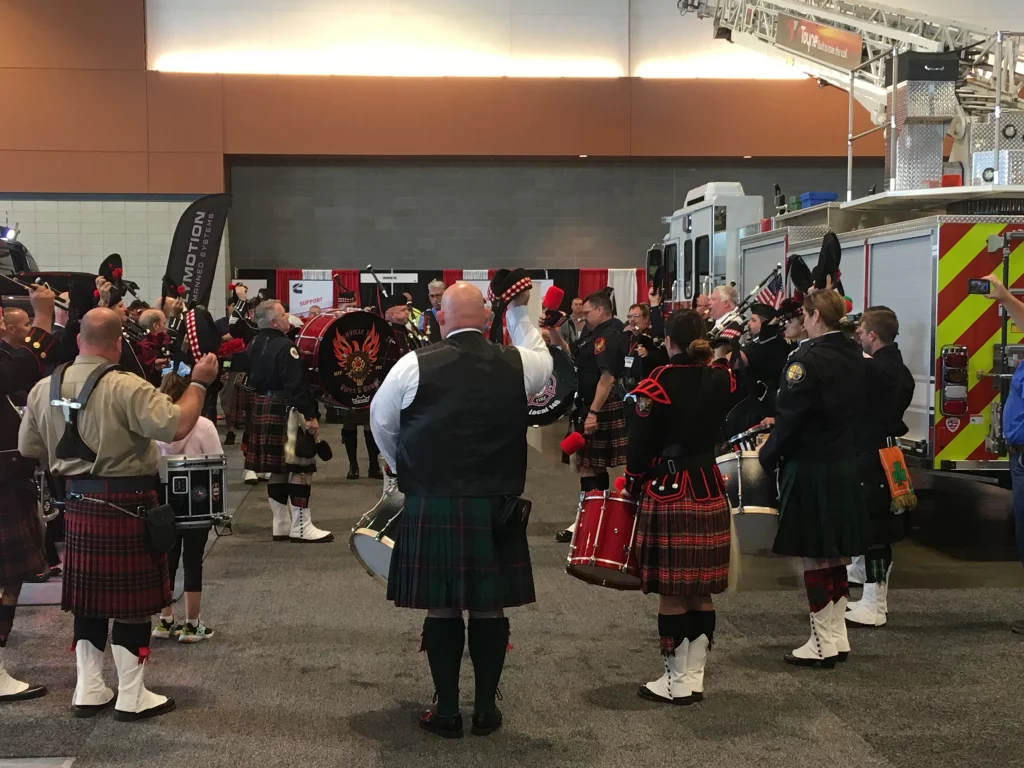
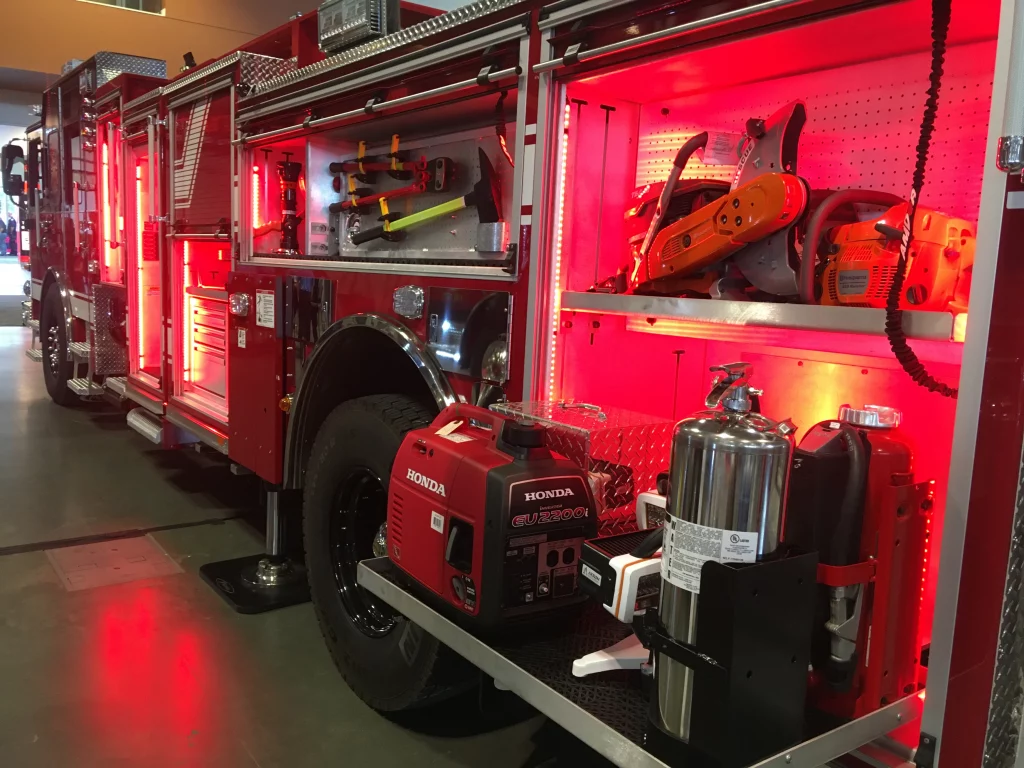
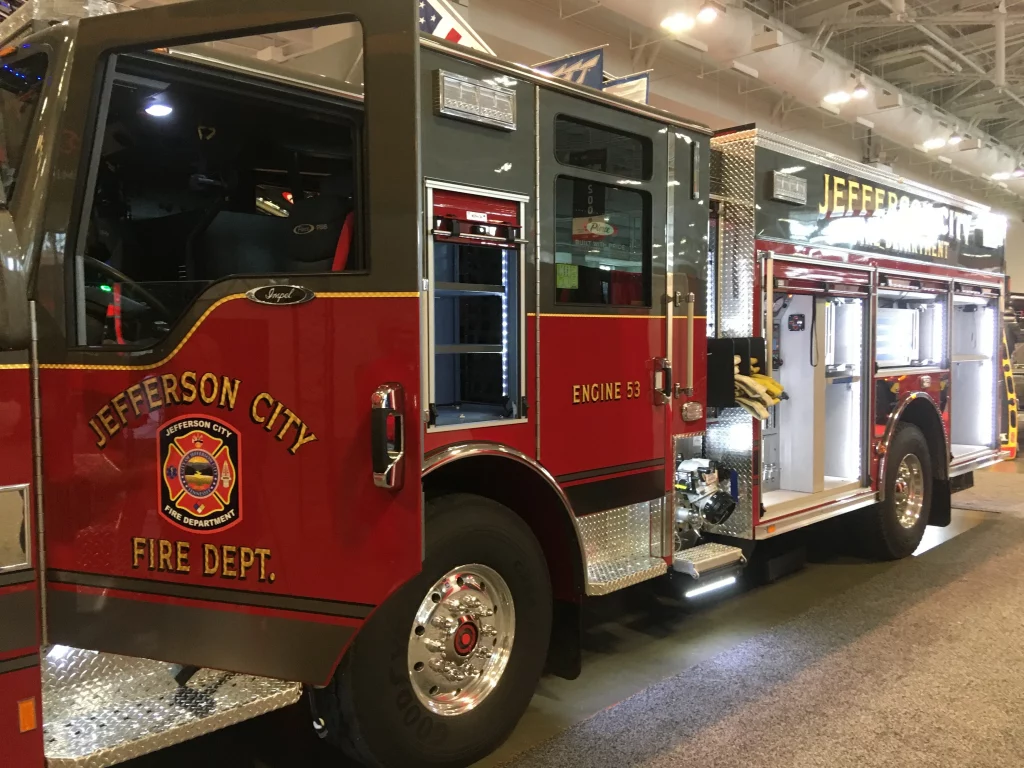

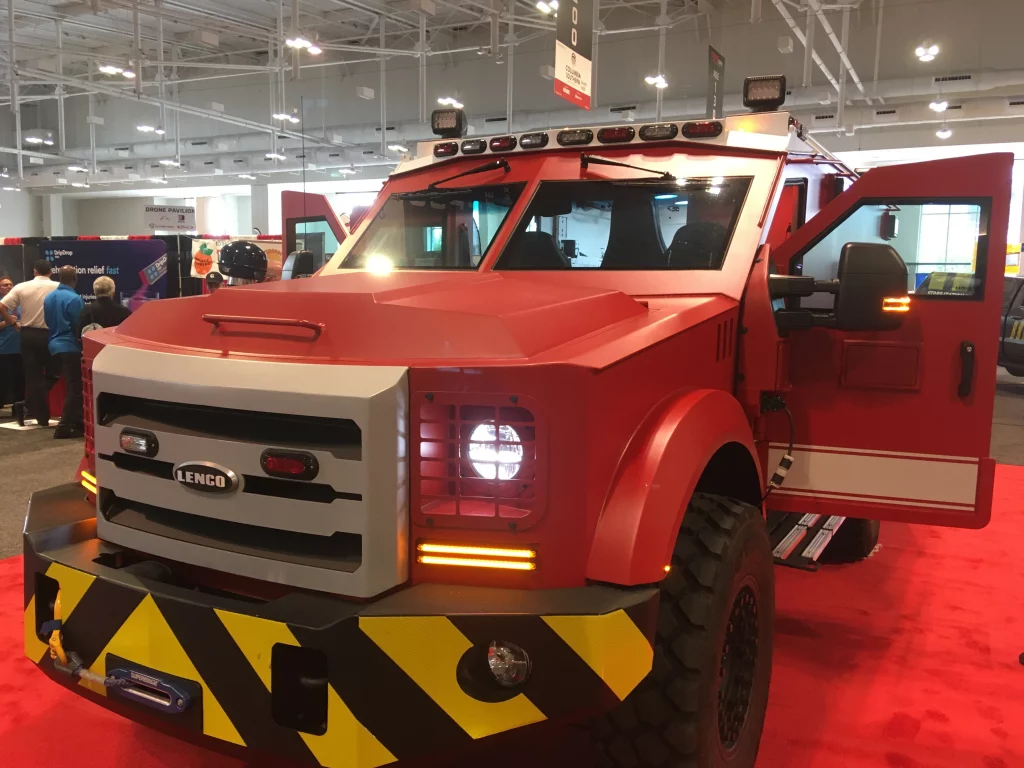
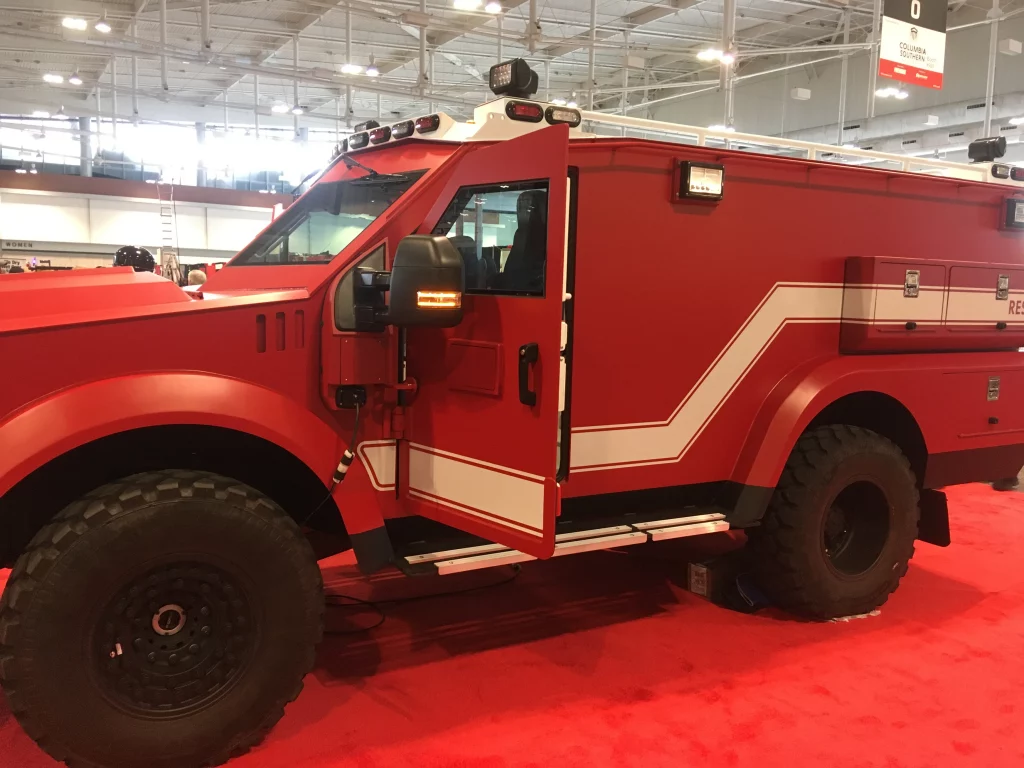
At the recent Tennessee Fire Chiefs Association and Southeastern Association of Fire Chiefs Joint Leadership conference I also experienced the Ringing of the Bell Ceremony for the first time. This is a proud tradition that has been done for over 200 years at a firefighter’s memorial service.
Usually a firefighter bell ceremony is done after the Fireman’s Prayer. The ringing of the bell is the final event of a ceremony that announces a brother or sister has come home for the final time. After each set of ringing the bell 3 times, the fingers of a gloved hand gently grab the bell to silence it before sounding the next ring of 3. As the final toll of the 3rd pull, the bell is left alone to ring out. The bell ringing recalls a time when the fire bell rang to call firefighters to an alarm and then, again, to signal that the alarm had ended.
This was done for the fallen firefighters in 2018 of the Southeastern region.
The men and women of today’s fire service are confronted with a more dangerous work environment than ever before. We are forced to continually change our strategies and tactics to accomplish our tasks.
Our methods may change, but our goals remain the same as they were in the past, to save lives and to protect property, sometimes at a terrible cost. This is what we do, this is our chosen profession, this is the tradition of the firefighter.
The whole fire service of today is ever changing, but is steeped in traditions 200 years old. One such tradition is the sounding of a bell.
In the past, as firefighters began their tour of duty, it was the bell that signaled the beginning of that day’s fire chief’s shift. Throughout the day and night, each alarm was sounded by a bell, which summoned these brave souls to fight fires and to place their lives in jeopardy for the good of their fellow citizen. And when the fire was out and the alarm had come to an end, it was the bell that signaled to all the completion of that call. When a firefighter had died in the line of duty, paying the supreme sacrifice, it was the mournful toll of the bell that solemnly announced a comrades passing.
We utilize these traditions as symbols, which reflect honor and respect on those who have given so much and who have served so well. To symbolize the devotion that these brave souls had for their duty, a special signal of three rings, three times each, represents the end of our comrades’ duties and that they will be returning to quarters. And so, to those who have selflessly given their lives for the good of their fellow man, their tasks completed, their duties well done, to our comrades, their last alarm, they are going home.
Rest in peace and thank you for your service, brothers and sisters.
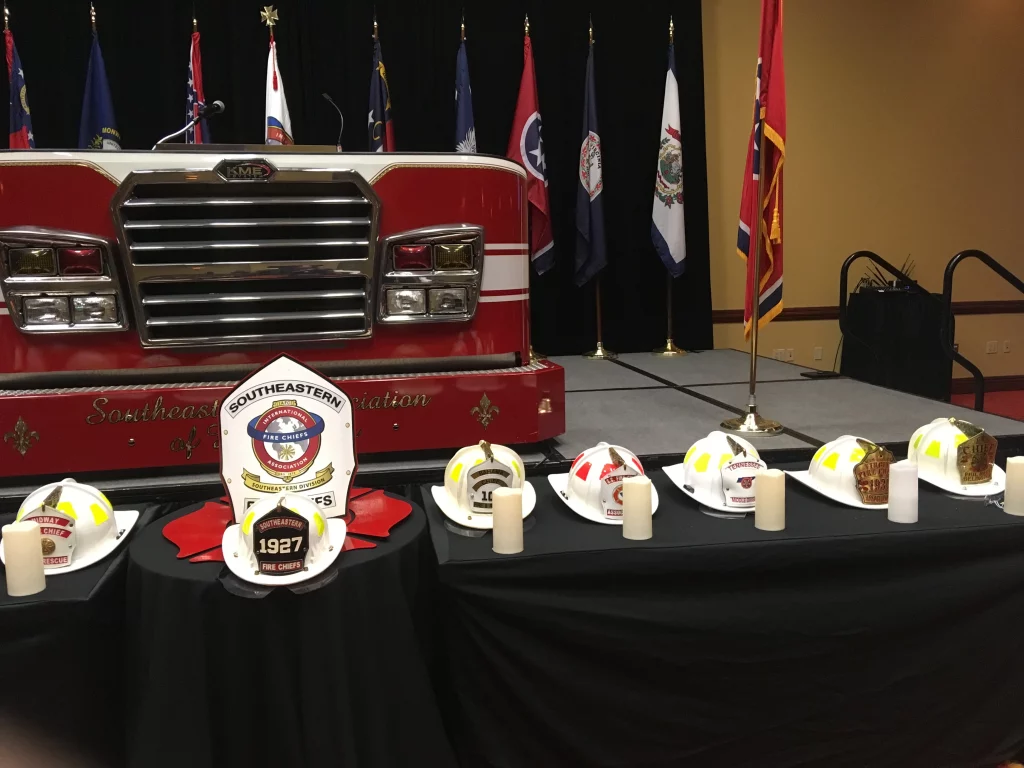

These thoughts keep coming to me as I recently wrote this on our department training room whiteboard. Along with “Listen, learn, teach, train.” These core elements fused with teamwork within the structure of the incident command system make for a successful fire hall.
On a recent call I failed (forgot) to turn command so one of our pump operators and it caused some confusion on scene. No harm was done and the brush/trash fire was extinguished. But still… it could’ve run a little more smoothly had I turned over command when the trucks arrived. This mistake was a good place to make it but it has still bothered me for days and I take it as a moment of learning. It won’t happen again.
Another aspect is attitude and what wolf are you feeding?

Inside of me there are two wolves. One is mean and evil and the other is good and they fight each other all the time. When asked which one wins I answer, the one I feed the most.
—Sitting Bull
Having a positive attitude can do wonders for a fire hall but it can also cause chaos and turmoil from with that may also spill “out of the house.”
Are you listening to your officers and to those who are more experienced?
Are you continuously learning through reading, attending conferences and online tools? What about other departments or your law enforcement or ems partners?
Are you sharing your knowledge and teaching those new to the fire service or the department? Every scene and training session is an opportunity to teach so take advantage of it.
Train. Train as your life depends on it. Your life does. And those lives around you. Train always. Physically, mentally, emotionally and spiritually. Always.
So… what are you doing to make your department better?
Be safe.
An excellent article was recently published by FireRescue1 on PTSD in firefighters that talks on recognizing PTSD symptoms in firefighters by Jim Spell. They begin…
After years of service, firefighters and EMTs often suffer from both acute and chronic post-traumatic stress disorder.
“The fire service has made great strides in identifying stress as it relates to firefighters on and off the job. Out of lessons gleaned from the enduring trauma of war to the repeated violence connected with domestic disputes, the fire service has become aware that our experiences as firefighters are on par with soldiers returning from battle and civilian victims of battery.”
Recognizing the symptoms is the first step just prior to getting help. And due to our history, that ego thing seems to get in the way. “We’re tough and can handle it.” But what if you didn’t have to “handle” it? What if opening yourself up and being vulnerable could actually strengthen you? Make you a stronger hero to those you help and those around you.

That’s where a client of mine comes in. Leslie Yancy of Hero 2 Hero offers a range of speaking engagements and workshops on this very thing for first responders and healthcare personnel. From Leslie’s website, “Bringing awareness and education to this subject is the key to stopping the suicides and unhealthy coping mechanisms. We need to break through the stigma that says stress and PTSD is a sign of weakness. It’s your strength.”
Educate yourself on the signs and develop a network of resources to assist. There is power in numbers and none of us are alone in this battle.
Be safe.
Great article here on the health effects smoke has on wildland firefighters. It has been known the chemical and off-gassing dangers of structural firefighters but wildland firefighters have similar issues.
“People are now aware that they probably shouldn’t stand in the smoke if they don’t have to,” said Mike DeGrosky, Fire Protection Bureau chief with the Montana Department of Natural Resources and Conservation. “People know to minimize smoke exposure out on the line when people are working. But the reality is they work in a very, very smoky environment that smoke has lingering health effects.”
Read the full article here.
Watch this… important to us, our brothers and sisters…
Former late night host and 9/11 first responders advocate Jon Stewart chokes up and slams Congress over health care for the 9/11 first responders during the hearing for reauthorizing the 9/11 victim compensation fund.
